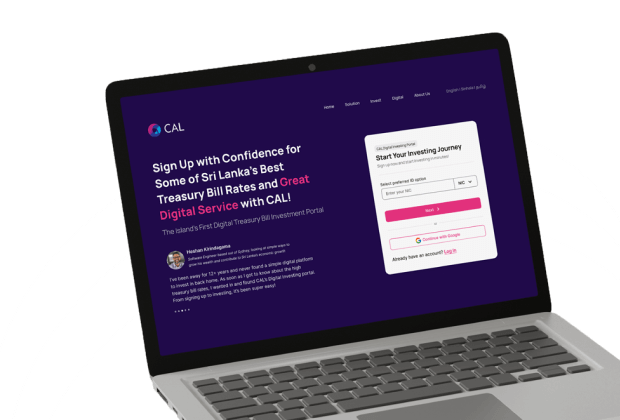How Does it Work?
The CAL Wealth Planner helps you allocate your investment across different financial asset classes based on your risk profile and appetite, using a proprietary algorthim.
Based on the information you provide, a plan on how to allocate your investment across 3 key mutual funds will be suggested as per the algorithm proprietary to CAL.
This will provide varying exposure to instruments such as listed shares on the CSE (QF), Sri Lankan government securities, government securities back repos, fixed deposits, corporate debt of Sri Lankan banks, finance companies and others. More details are available on the links to the right.





